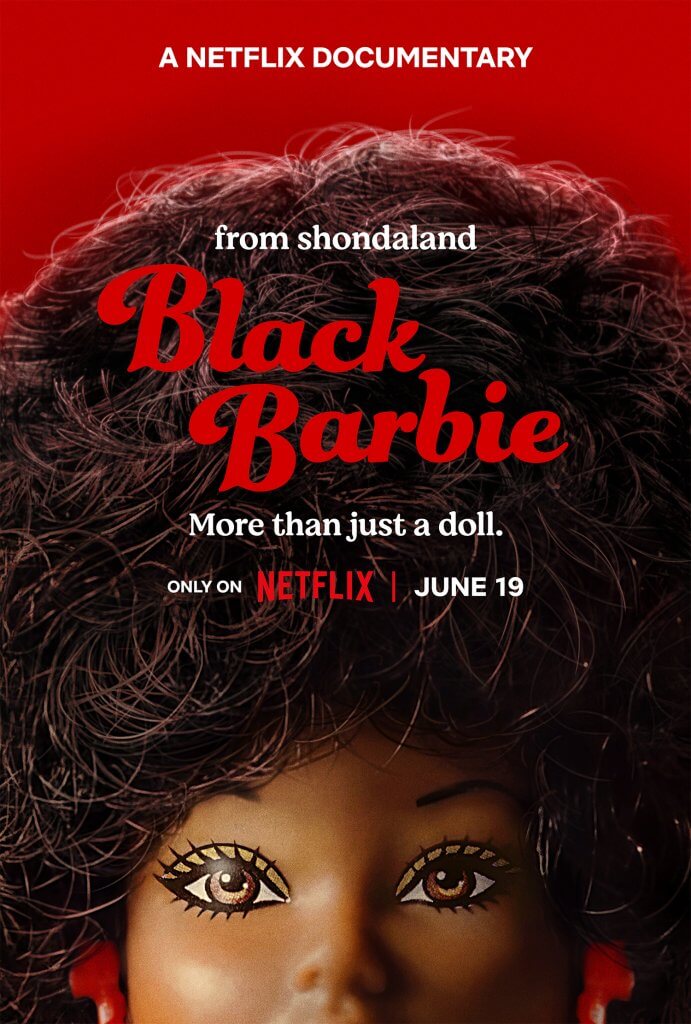
Amirah Saafir is definitely a Barbie girl.
“I absolutely loved playing with Barbies, and I especially loved Black Barbie. She has a really special place in my heart,” said Saafir. “We had everything Black Barbie in my house growing up.”
Now an assistant professor of child and adolescent studies at Cal State Fullerton, Saafir’s research looks at children’s identity development and how it’s impacted by racial and ethnic contextual factors such as diversity, representation and pop culture staples like Barbie.
So when executive producer, Aaliyah Williams, approached Saafir about a new documentary that focused on the historical significance of Black Barbie and its influence on future generations, it was a perfect match.

The 2024 Netflix documentary, “Black Barbie,” tells the story of the first Black Barbie doll. Set up in three chapters, the film looks at the Black women at the helm of the doll’s development, how it resonated with audiences around the world and what it means to kids.
Saafir is featured in the third chapter titled, “Future of Black Barbie: Center of Her Own Story.” She designed a study that was inspired by Kenneth and Mamie Clark’s 1940s “doll test,” in which researchers asked hundreds of children to answer questions about Black and white dolls.
“I wanted to design a modern-day version because our societal context is much more diverse now, and we really wanted to see how kids are thinking about dolls in this context,” said Saafir.
Throughout the test, experts showed focus groups of children dolls with such varying characteristics as hair color, skin color, body type and occupation. Unlike the original test, which asked young participants to assign certain attributes to the dolls like “nice” or “mean,” Saafir’s study focused on how the kids felt about each doll. She included questions like “Which doll do you like the most and why?” and “Which one are you most likely to play with?”
The kids’ answers provided rich insight into how younger generations think about representation, inclusion and diversity and the significance of toys in helping children develop and understand their identity.
Saafir found that children tended to gravitate toward dolls that had similar characteristics to their own features or people in their family. However, they also understood that classic Barbie dolls are considered “normal,” and other types of Barbies came along much later. This creates a hierarchy structure in toys that children know exists, Saafir explained.
The cast list for the film included experts and researchers like Saafir as well as famous names like “Grey’s Anatomy” creator Shonda Rhimes, who served as an executive producer, and Beulah Mae Mitchell, the Mattel employee who was among the first to ask the company to make a Black Barbie in 1980.
“It was really powerful to add my voice to this project,” said Saafir. “When I came into that space, I was looking at them like ‘Wow, look at this really important work you’ve done.’ And they were looking at me like ‘Wow, look at this really important work you’re doing.’ It was really affirming for us to see each other in that way.”
Bringing Barbie Back to Students
Although the film has officially wrapped, Saafir said she isn’t done studying the fashion forward, accomplished heroine that is Barbie.
At CSUF, the identity expert teaches such courses on research methods, culture and ethnicity, and development. She is also a mentor for the Black Undergraduate Student Creative Activities and Research program, which was funded by the Scott Jewett Fund for Innovation and Student Success to support Black undergraduate fellows’ participation in research and creative activities.
After working with Netflix, Saafir took her Barbie research back to CSUF, working with BUSCAR student researchers to analyze the complete data from the focus groups and turn it into a manuscript that Saafir plans to publish alongside her students.
“It’s been really cool to turn this experience into something that I can pay forward with my students,” said Saafir. “I benefited greatly from research mentors, so when students reach out and they want to do that work, I’m always happy to connect with them and help.”